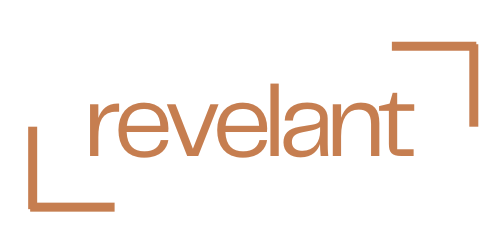Accessible Design vs. Inclusive Design

Accessible design is a set of outcomes that aim to meet the needs of people with disabilities.
Inclusive design is a process that considers the full range of human diversity and addresses all needs.
What can inclusive design be used for?
Inclusive design can be used to create inclusive digital products, inclusive consumer packaged goods, inclusive public spaces, inclusive work spaces, inclusive events, and so much more! Inclusive design is a process that can be leveraged to ensure that every customer experience and every employee experience fully meets the needs of all people.
Most brands are not leveraging inclusive design.
How much money are you losing out on because you don’t leverage inclusive design?
People with disabilities spend a half-trillion dollars annually.
Companies without accessible sites are losing $6.9 billion a year to competitors whose sites are accessible.
The buying power of minority groups in the U.S. is exploding. It was $4.2 trillion in 2020 and is projected to reach $7 trillion by 2025.
Most brands consider checking the accessibility box, and do not leverage the power of inclusive design. This is an opportunity to improve the experiences of your products, services, events, and workspaces for everyone – by using the inclusive design process to effectively embrace the diversity of humanity.
At revelant we specialize in serving clients by assessing a product, service, space, or other offering for the limitations and exclusions in its current state. We then work with clients to implement inclusive design to improve the customer experience and/or employee experience of the offering so all people are able to have their needs met.
Inclusive design results in better products, services, spaces, and events for everyone – not just people from an underrepresented group.
